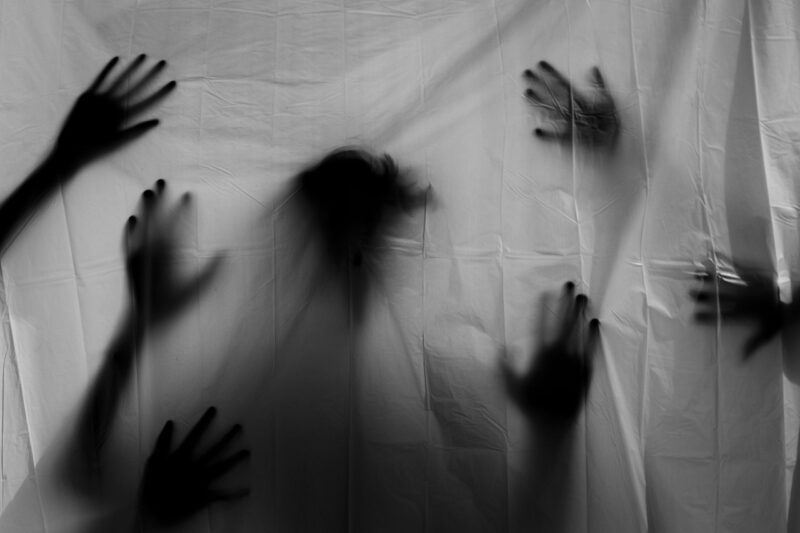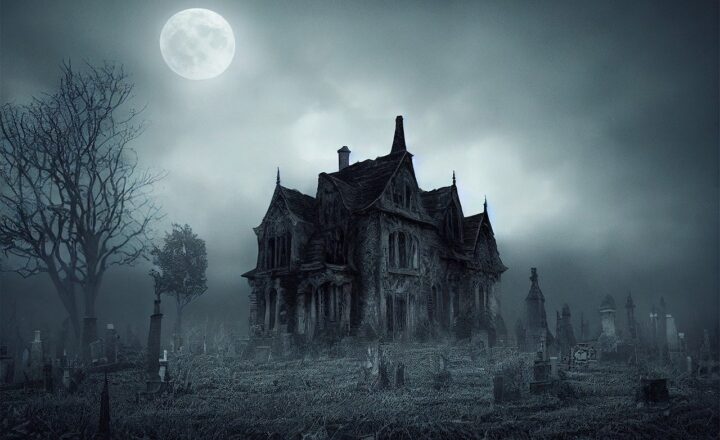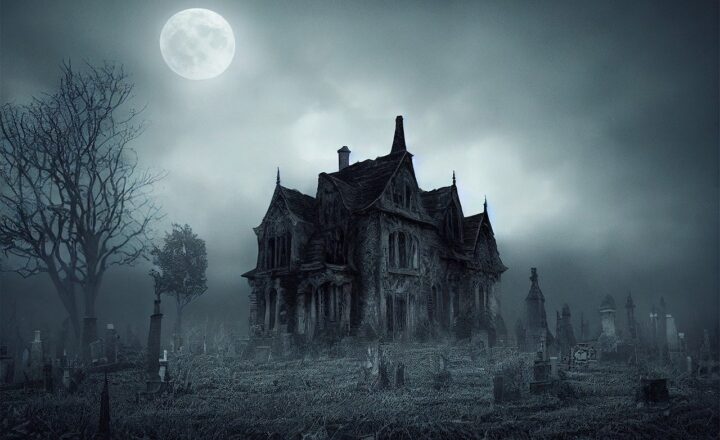The Horror Movies That Introduced New Subgenres and Redefined the Industry
November 17, 2024

Horror cinema has been a crucial part of the film landscape since its inception, constantly evolving and adapting to cultural changes and audience expectations. Throughout the years, certain films have not only scared us but also transformed the genre, introducing new subgenres that redefine what horror can be. In this exploration, we shall delve into some of the most influential horror movies that paved the way for new subgenres and reshaped the industry as a whole.
1. The Birth of Horror: Nosferatu (1922)
Considered one of the first feature-length horror films, F.W. Murnau’s “Nosferatu” introduced audiences to the terrifying world of vampires. This silent film, a loose adaptation of Bram Stoker’s “Dracula,” featured Max Schreck as the supernatural creature Count Orlok, whose eerie presence would become a significant archetype in horror cinema.
The film’s influence cannot be overstated. It set the tone for not just vampire films but also for the Gothic horror genre. Its expressionistic style paved the way for future filmmakers, and its visual motifs of shadow and light would influence horror aesthetics for decades.
As an early silent film, it showcased how horror could evoke profound emotions without sound, relying instead on atmospheric visuals, making it a vital blueprint for future horror classics.
2. The Rise of Psychological Horror: Psycho (1960)
Alfred Hitchcock’s “Psycho” is often regarded as the film that launched the psychological horror genre. With its infamous shower scene and the shocking reveal of Norman Bates’ split personality, “Psycho” showcased how horror could be rooted in complex human psychology rather than solely relying on supernatural elements.
The film’s groundbreaking approach to storytelling and character development presented audiences with a villain who was not only frightening but also tragically human. This shift allowed future filmmakers to delve deeper into the psychological aspects of horror, paving the way for films like “The Silence of the Lambs” and “Seven.”
The success of “Psycho” also challenged the existing boundaries of how violence and sexuality were portrayed on screen, influencing countless thrillers and horror films in its wake.
3. The Emergence of the Slasher Film: Halloween (1978)
John Carpenter’s “Halloween” is credited with popularizing the slasher subgenre. With its masked killer Michael Myers stalking unsuspecting teenagers, the film not only introduced the iconic final girl trope but also established many conventions that would become staples in slasher films.
The film’s low-budget success demonstrated that horror could be both profitable and influential, leading to a surge in slasher films throughout the late 70s and 80s, such as “Friday the 13th” and “A Nightmare on Elm Street.”
Halloween’s use of suspenseful pacing, the theme of predatory killers, and its synth-heavy score created a chilling atmosphere that continues to haunt audiences. The film redefined what horror could be, making it not just a genre of shocks but also of fear and anxiety.
4. The Found Footage Revolution: The Blair Witch Project (1999)
In 1999, “The Blair Witch Project” changed the landscape of horror movies by introducing the found footage style. This approach created a sense of realism that drew viewers into the narrative as if they were experiencing the terror alongside the characters.
The film’s marketing campaign famously blurred the lines between fact and fiction, leading audiences to believe in the authenticity of the story. This clever strategy not only captivated viewers but also influenced a wave of found footage horror films, including “Paranormal Activity” and “Cloverfield.”
By harnessing the power of suggestion and psychological fear, “The Blair Witch Project” exemplified how innovation in filming technique could reshape genre conventions and storytelling methods in horror cinema.
5. Redefining Horror with Social Commentary: Get Out (2017)
Jordan Peele’s “Get Out” masterfully blends horror with biting social commentary, addressing issues of race and identity while delivering thrills that keep audiences on the edge of their seats. This film reinvented what horror could convey, moving beyond mere scares to reflect societal anxieties and injustices.
“Get Out” received critical acclaim for its unique perspective, becoming a cultural phenomenon that spurred discussions about race relations in America. Peele’s ability to fuse genre storytelling with relevant social issues opened the door for a new wave of horror films that explored themes of identity, empowerment, and societal fears, such as “Us” and “Candyman” (2021).
Thus, “Get Out” doesn’t just belong to the horror canon; it reshapes the genre to include modern-day narratives that resonate with contemporary audiences.
Conclusion
The horror genre is one of the most dynamic and evolving fields in cinema. The films discussed above are not just terrifying tales; they are landmark pieces that introduced new subgenres, revolutionized filmmaking, and contributed to ongoing discussions within society. Whether it’s the eerie silence of “Nosferatu,” the psychological depth of “Psycho,” the suspense of “Halloween,” the realism of “The Blair Witch Project,” or the social commentary of “Get Out,” each film plays a pivotal role in shaping what horror can mean and how it can impact audiences.
As horror continues to evolve, it’s exciting to consider what new twists and perspectives future filmmakers will introduce, continuing to expand and redefine this compelling genre for generations to come.







